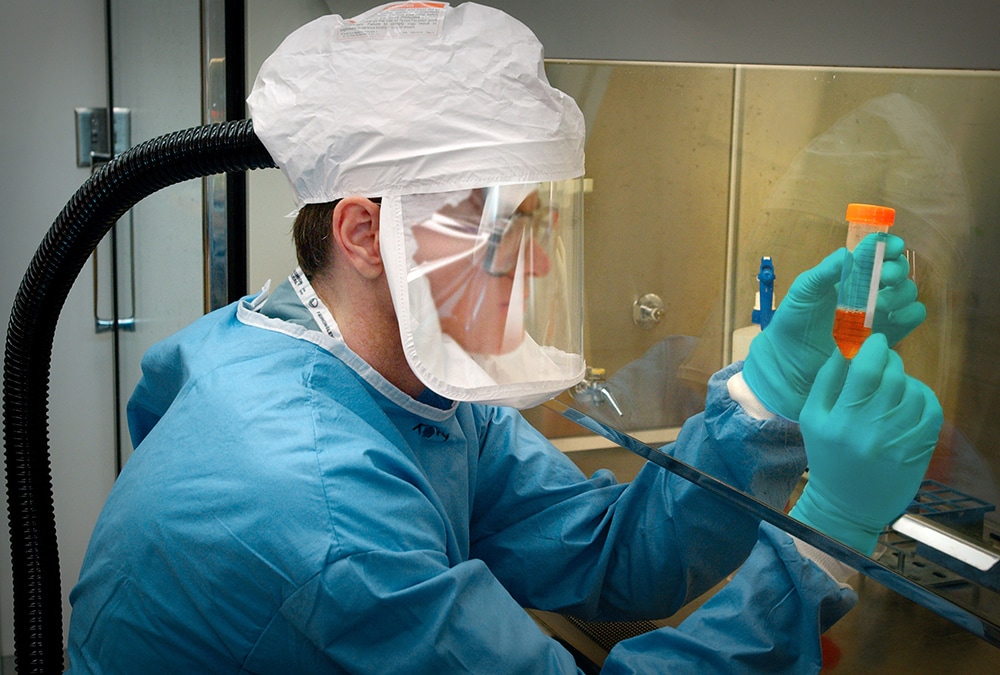How CDC Laboratories Protect Americans

CDC laboratory scientists work 24/7 in more than 200 cutting-edge laboratories across the U.S. as a key line of defense against new and predicted health threats. Scientists work on a range of critical work, including research, disease monitoring, and reference diagnostic testing that protect the American public. CDC scientists and other staff use the latest technology to:
- Detect threats due to the intentional misuse of harmful biological agents and infectious organisms and threats to oversight and data systems that protect against misuse of harmful biological agents
- Protect America’s blood supply
- Screen genetic and other health risk factors
- Identify environmental and workplace hazards
- Monitor the health of communities
CDC’s vital public health laboratories also:
- Maintain a vast reference library of pathogens that laboratories from around the world depend on to help identify dangerous microbes
- Deploy diagnostic tests and tools, such as advanced molecular detection technology that helps scientists detect health threats more quickly
- Invent new ways to rapidly test for infectious disease in the field
- Arm state, county, and local public health laboratories with the expertise and data they need to protect their citizens
U.S. Map of CDC Laboratory Locations
Learn more about CDC’s laboratories:
Learn about some of CDC’s laboratory successes over the years in finding and fighting deadly diseases:
- Diagnosing Zika [PDF – 9.95 MB]
- Detecting Ebola Virus [PDF – 9.95 MB]
- Enhancing the Yellow Fever Test [PDF – 9.95 MB]
- Developing & Deploying the Mcr-1 Rapid Detection Test [PDF – 9.95 MB]
- Controlling the Spread of Candida Auris [PDF – 9.95 MB]
- Sequencing of Flu Virus
- Expanding Detection & Tracking of Infectious Pathogens through Advanced Molecular Detection
- Assuring Newborn Screening Test Results are Accurate